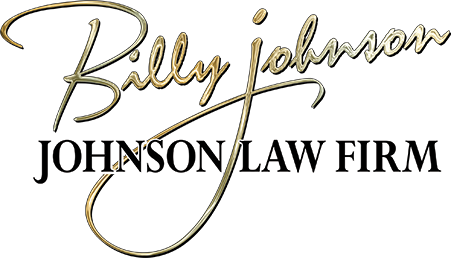Trains have the right of way at crossings — and for good reason. They’re big, they’re fast, and they can’t exactly stop on a dime. It’s up to you — the driver, cyclist, pedestrian, etc., — to approach with care, to pay attention to the signs, and to navigate unfamiliar or dangerous conditions.
Occur More Often Than You Think
With how much warning trains give, be it lights or horns, when they’re approaching a trafficked area, some may think it’s virtually impossible to get hit by a train. Well, it’s true that there are fewer railroad crossing accidents than there were 30 years go, but that statistic appears to be due to external factors, such as a decrease in the number of actual crossings, a reduction in the amount of actual track, and an increase in the number of gated crossings.- Recently in Winchester, two men were fortunate to receive only minor injuries when their car was hit by a train late at night. The driver claimed he had stopped at the crossing and did not notice any oncoming trains.
- And who could forget the jaw-dropping surveillance video from earlier this summer showing a fiery collision between a train and a tractor-trailer on Highway 2227 near Somerset? Lucky to be alive, that driver stated that he, too, didn’t see the train.
Staying Alert
While the number of crossings with automated gates and lights is up 111 percent since 1980, only 36 percent of public crossings have gates, while around 47 percent have the familiar “crossbuck” – the “X” shaped sign spelling “railroad” and “crossing.” Furthermore, most private crossings have no safety protection devices at all.Not every crossing is easy to spot. Some may be on a hill, may be obstructed by trees or buildings, or may have warning signs that are missing or damaged. Rough or elevated track can also present an unexpected hazard.
Railroads are an important mode of transportation for people and for commerce. Trains and cars have to coexist and currently intersect at over 209,308 crossings nationwide. Human error and problems with the track account for a majority of train accidents.
Safety Tips
Protect yourself by:- Looking both ways
- Listening carefully
- Crossing with care
- Never ignoring active warnings – don’t drive around gates or through flashing red lights
- Realizing that the train will likely arrive at the crossing faster than you anticipate
- Making sure there’s enough room to get completely across before starting
- Being extra attentive at multiple-track crossings
- Not becoming complacent at crossings you frequently travel.



 William “Billy” Johnson grew up in the Dorton area of Pike County, Kentucky, and early on decided to stay in the beautiful Appalachian mountains. Like many others in Eastern Kentucky, Billy’s dad worked as a coal miner, a hard job but one that taught his son how to meet challenges head on and persevere. Attorney Billy Johnson has years of experience helping injured clients with claims such as car, truck, and motorcycle accidents, wrongful deaths, work injuries, and more. [
William “Billy” Johnson grew up in the Dorton area of Pike County, Kentucky, and early on decided to stay in the beautiful Appalachian mountains. Like many others in Eastern Kentucky, Billy’s dad worked as a coal miner, a hard job but one that taught his son how to meet challenges head on and persevere. Attorney Billy Johnson has years of experience helping injured clients with claims such as car, truck, and motorcycle accidents, wrongful deaths, work injuries, and more. [ 



